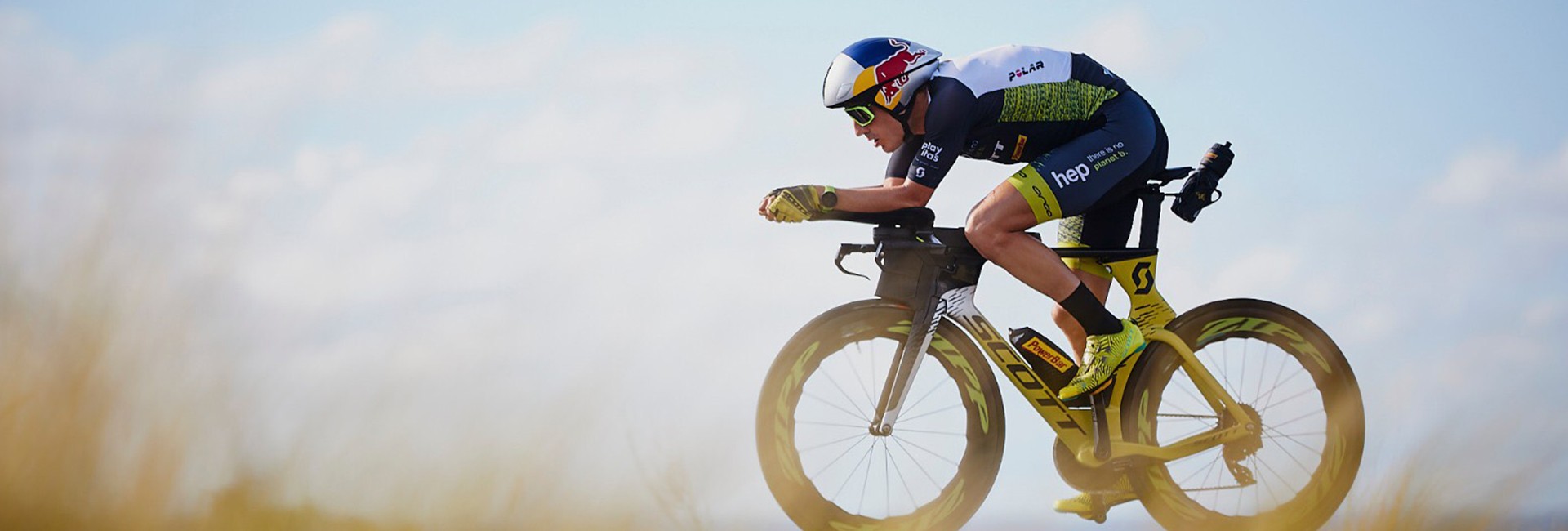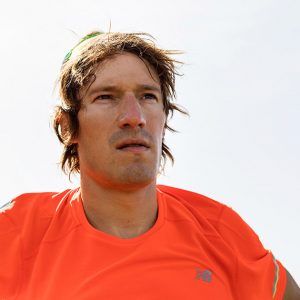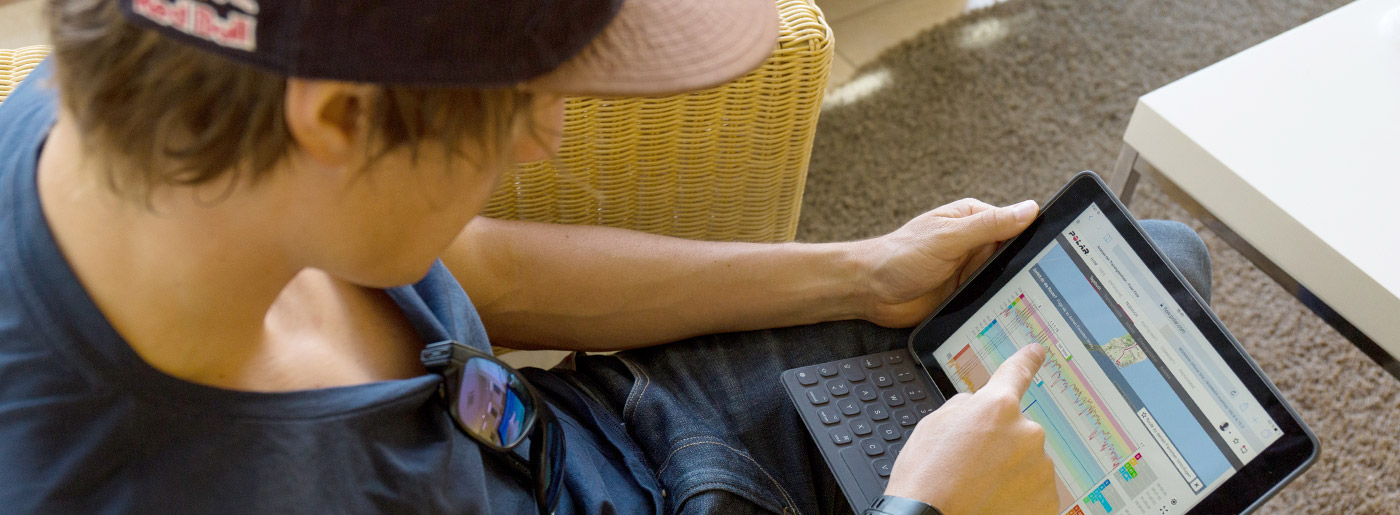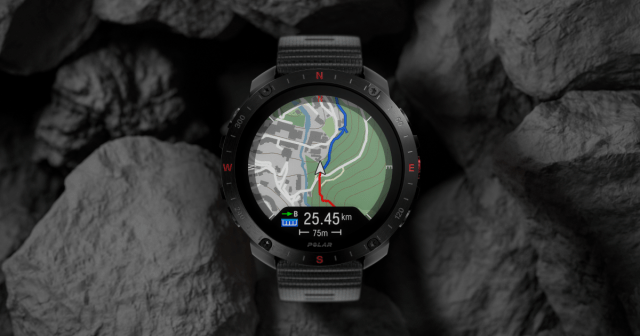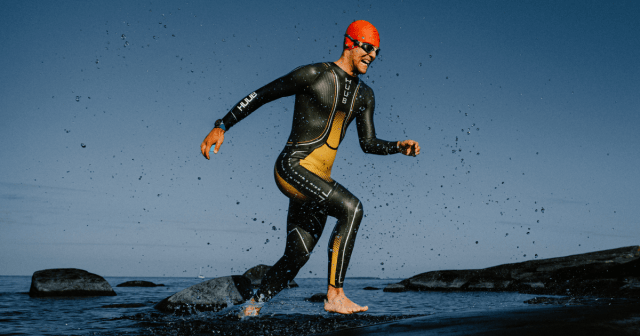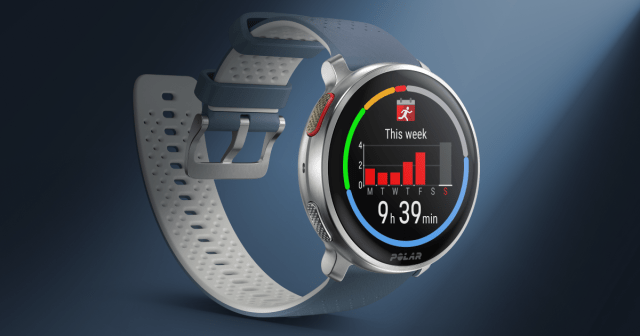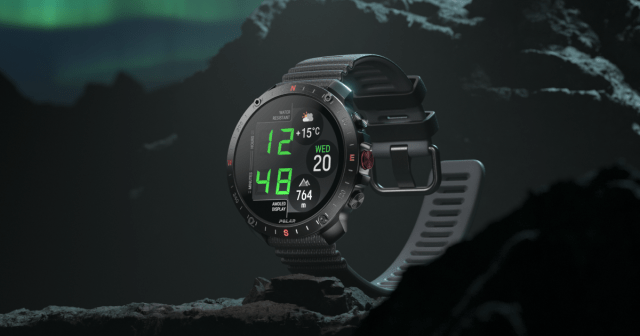The IRONMAN World Championship is the pinnacle of the sport of triathlon. It’s the Super Bowl, the crème de la crème, and every year thousands of the world’s best professional and age-group triathletes descent on the shores of the Big Island, ready to test their fitness not just against the clock and fellow competitors, but the island itself.
Winning at the IRONMAN World Championship is the ultimate career defining moment — you’re practically royalty for as long as you choose to race.
Sebastian Kienle is no stranger to the ups and downs Kona can put an athlete through. He won the race in 2014 (after back-to-back wins at the 70.3 World Championship in 2012 and 2013), and has since battled a nagging Achilles injury which has resulted in him only placing as high as second in 2016 (he DNF’d in 2018).
This year, racing at 35 years old, Kienle entered the race healthier and more driven than ever before. With no major injuries or setbacks, he’s put together a standout season — he placed second at the IRONMAN European Championship and won The Championship in Samorin — and rounded out the podium in an impressive third overall at the 2019 IRONMAN World Championship.
We caught up with this IRONMAN World Champion to discuss his perspective on how to prepare for race day, what changes he’s made, and how being able to train injury-free has given him more confidence on the run.
His advice? Skip the poke bowl until after the race.
How Did YOu preparE Race Day? Did You Do anything differently?
My preparation was really good this year. We made a lot of changes compared to last year and I have a new manager and a new coach (Philipp Seipp).
I like to have a very continuous surrounding with my sponsors, management and coaching, and I’m also not changing my wife every four or five years (joke), so these were huge changes for me.
I’ve had the same apartment on Kona since the very beginning and I like my routines, but it’s been good for me to break some of those routines. It’s not that the old stuff were bad or wrong, but it’s more about building on each other. I laid a strong foundation with my coach Lubos Bilek for over 12 years, and now I’m building on that with my new coach.
The biggest thing for me is that I’ve been able to run basically injury-free for a year, and that’s the first time in the last five years where I’ve had a year without any real problems with my Achilles. I twisted my ankle in preparation at altitude camp, but that took like seven days of no running, so I’m really happy with how the preparation went the whole year and the weeks I spent in Maui right before Kona were pretty good.
That was sort-of a forced changed, I wouldn’t have gone to Maui for preparation and I would’ve stuck to the place I knew here, but Philipp wanted to try something different (and also the pool was closed) so we decided to go to Maui, which was a good decision.
I think the running conditions in Maui are a little bit better than they are on the Big Island, especially for a German boy who’s used to running in the forest and not in the middle of a traffic jam on the highway. It was good to work and push the body, but at the same time stay calm mentally.
Did you change anything training-wise or mentally in how you approach triathlon?
My run improved a lot during the season and even since my first race at St. George, my run has been at a pretty surprising level in my opinion. For an athlete at 35, it’s surprising to be able to improve something at this level – that’s what really fuels me. It’s inspiring to realize I’m not just maintaining and trying to conserve the shape, fighting against getting older and slower, but there’s still something I can improve.
In Samorin, I had a very subpar bike ride I’d say — my power numbers were not very high and not where they need to be, but I turned the race around on the run and that was mentally very satisfying.
The same thing happened in Frankfurt. I overcame some adversity in the race with a flat I was surprised I was able to push Jan to his limit. I didn’t expect that before the race, I expected a pretty safe second place. I realized I left a little scratch on his armor, so I was quite surprised.
From there I kept improving on the running side, but you know how triathlon works — when you go slow on the bike, you usually go a little faster on the run. It’s not always that easy, but sometimes it is.
I think I’ve improved and the race isn’t over even if I’m not leading on the bike by five minutes or so. Of course, it can be a different story in the heat and humidity of Kona.
How Has data helped you mentally or physically while training and racing?
With my new coach we started to use data a lot more. My coach is very particular with each session and always takes a look at the numbers.
I’m continually using a power meter in races so we learn a lot from that. With performance testing, we know where my strong and weak areas are, and I think, when I look at some of them, I’ve improved quite a lot which was surprising for me.
For example, in regards to the metabolic capacity, the capacity to burn more fat at a higher intensity, I think I became much better over this year with more specific training. Especially for the last three weeks before Kona, my heart rate was super high on my first run as it’s always tough to run in the heat and humidity at race pace. After those weeks in Hawaii my heart rate was about 15 beats per minute lower at race pace, which is quite a huge change.
I’ve always been used to leading after the bike or and I always thought I have to push the bike really hard to have a chance to win the race, but some of the races this year gave me the confidence to not think I’m as one-dimensional as an athlete.
Of course, I still have weaknesses, especially on the swim, but I know now the race isn’t over if I’m not leading off the bike. I’ve had great runs before, no question, but they always have been after very hard bike rides, where everyone had to ride hard, and now I know I can outrun my competitors. If you would have told me last year after my injury that I would be able to do something like that this year, I would’ve said there’s no way that’s possible. That gives me some confidence, and I’ve had some races where I was racing from the back and had pretty good performances.
How do you manage the stress of being a notable face in this sport in public?
I try to take it as something positive, after all it’s due to the success I’ve had in the past. It’s motivating to have a lot of people know you and wish you good luck.
On the other hand, I try to not do too much and not go out all the time. At some point it gets really stressful and you want to get as much rest and sleep as possible.
For example last year, I used Polar Vantage V in the weeks prior to Frankfurt and Kona to see how many steps I do before the race, and it showed crazy numbers. During a normal training day, you do a lot of training but not much walking, but before a race, you have to go out and walk a lot to see all the people. That can be stressful so it’s important to keep that in minimum.
How Do you maximize recovery before The Big race?
First of all, the most important thing is to rest – rest when you can, and get as much sleep as you can. When I look at how to prepare for race day, having a very strict routine is important. In Maui, I went to bed at 9 p.m., which is easy to do that on the Big Island because it gets pitch black and it’s easy to go to bed and get up early.
Of course, food is very important and I think it’s best to prepare my own food – I don’t go out for food in race week. It’s best to skip the poke bowl until after the race.
It’s important to avoid things that will put stress on the immune system. When you have a lot of people around you all the time, they want to shake hands and I can’t always say “stay away from me”, we always have hand sanitizer with us. That allows the body to focus on recovery from stress from movement, not stress from the immune system. There are also other things you can do, like recovery boots, massage and stuff like that.
Are you doing any orthostatic tests, is there any data you’re looking at in terms of recovery?
We started to do the Orthostatic Test after IRONMAN Frankfurt. Because of the altitude at training camp, we wanted to see the reaction on the body with the altitude and the heat, and those are definitely important factors.
It’s important to get as much data as possible to get the whole picture: how you’re feeling incorporated with data. It’s also useful to compare previous years to analyze if some of the outside factors affect training and stress levels.
Do you have any Kona rituals? Do you do anything fun before or after the race?
Before the race, it’s mainly just focusing on the race without much distraction from the outside. After the race, we always go to (in my opinion) the best place on the island — the Four Seasons Hualalai.
You don’t have to book a room there, you can access the beach there if you want to enjoy the beautiful view. We chill out there for two or three days before we fly home.
Of course, I have to have an Acai bowl and at least two or three coffees from all the nice coffee places here, that’s definitely one of the things I do.
After the race I also try to swim with some of the dolphins because that’s really the only place I absolutely love swimming.
If you liked this post, don’t forget to share so that others can find it, too.
Or give it a thumbs up!
I like this article
Please note that the information provided in the Polar Blog articles cannot replace individual advice from health professionals. Please consult your physician before starting a new fitness program.
